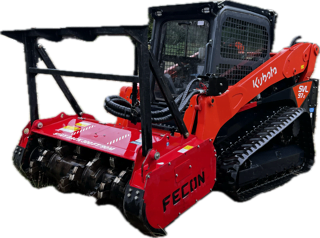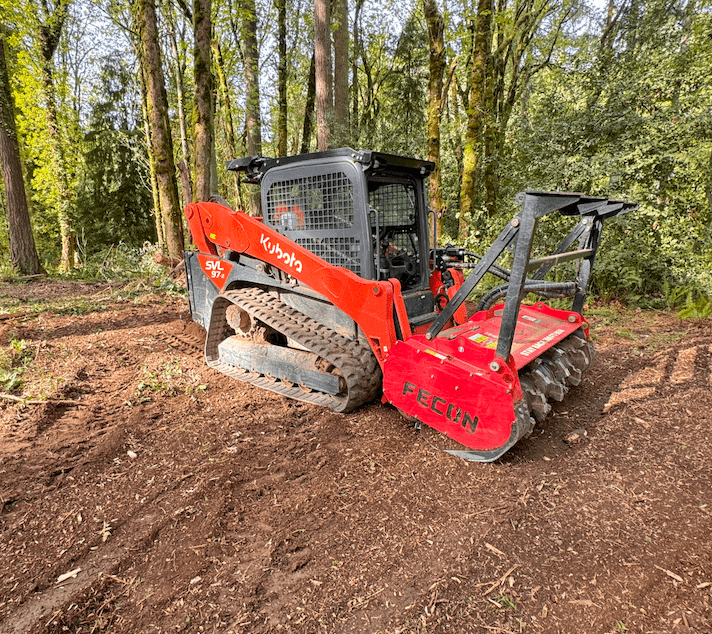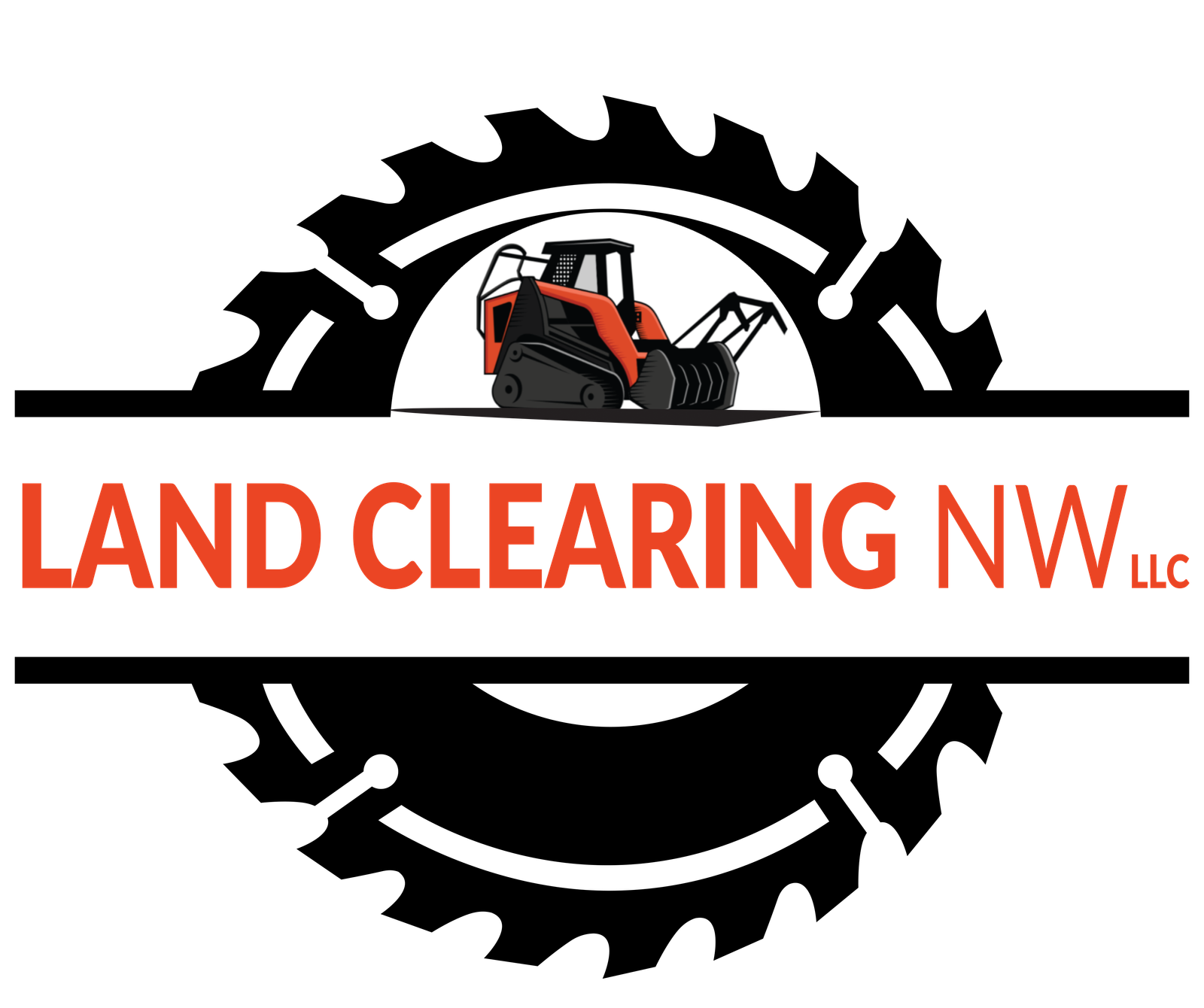Field/Pasture Restoration

Get a free estimate

Services
Pasture Restoration
Looking to rejuvenate your land with lush, green pastures? You’ve come to the right place. Pasture restoration is the key to transforming overgrown, neglected fields into productive, thriving landscapes. Whether you’re a farmer aiming to boost livestock grazing areas or a landowner wanting to enhance property value, understanding the ins and outs of pasture restoration can make all the difference. From dealing with invasive species to improving soil health, we’ll guide you through the essential steps to reclaim your pastures.
What is Pasture Restoration?
Pasture restoration involves rejuvenating old, degraded, or overgrown pastures to improve forage production and ecological health. This process can significantly enhance the usability of the land, providing better grazing options for livestock and supporting local biodiversity.
Why is Pasture Restoration Important?
Enhancing Livestock Health and Productivity
Healthy pastures mean better forage quality, which directly impacts the health and productivity of your livestock. Properly managed pastures provide essential nutrients that contribute to higher milk yields, better weight gain, and overall improved animal health.
Supporting Soil Health
Restored pastures contribute to healthier soil by improving its structure, increasing organic matter, and enhancing nutrient cycling. This helps prevent erosion and supports sustainable land use practices.
Controlling Invasive Species
Pasture restoration helps control invasive species that can outcompete native plants. By managing these species, you can maintain a diverse plant community that supports local wildlife and promotes ecosystem stability.
Key Steps in Pasture Restoration
Assessing the Current Condition
Start by evaluating the current state of your pasture. Identify issues such as soil compaction, erosion, invasive species, and poor plant diversity. This assessment will help you create a targeted restoration plan.
Soil Testing and Amendment
Conduct a soil test to determine nutrient levels and pH. Based on the results, you may need to add lime to adjust pH or apply fertilizers to address nutrient deficiencies. Healthy soil is the foundation of a successful pasture.
Clearing Overgrown Vegetation
Clearing overgrown vegetation is crucial for restoring pastures. Services like forestry mulching and brush clearing can help manage overgrowth and prepare the land for reseeding. Land Clearing NW offers expert solutions in Clark County and surrounding areas, including Vancouver, Battle Ground, and Portland.
Reseeding with Appropriate Forage Species
Choose forage species that are well-suited to your climate and soil conditions. Reseeding with a mix of grasses and legumes can enhance pasture productivity and resilience. Consider using a no-till drill to minimize soil disturbance during seeding.
Implementing Grazing Management Practices
Proper grazing management is vital for maintaining restored pastures. Implement rotational grazing to prevent overgrazing and allow pastures to recover. Adjust stocking rates to match forage availability and ensure even grazing distribution.
Common Challenges in Pasture Restoration
Invasive Species Management
Invasive species like blackberry and other aggressive weeds can be a significant challenge in pasture restoration. Regular mowing, targeted herbicide application, and manual removal are effective strategies for managing these species.
Soil Erosion Control
Soil erosion can hinder pasture restoration efforts. Implement erosion control measures such as planting cover crops, constructing terraces, and using erosion control blankets to stabilize soil and prevent runoff.
Drought and Water Management
Drought conditions can stress pastures and reduce forage availability. Implement water management practices like installing irrigation systems, creating water catchments, and planting drought-tolerant forage species to mitigate the impact of dry periods.
Conclusion
Pasture restoration is a vital process for maintaining productive and healthy land. By following the key steps and addressing common challenges, you can successfully restore your pastures and enjoy the benefits of improved forage production, healthier livestock, and enhanced ecosystem health.
Ready to transform your land? Land Clearing NW offers comprehensive services including land clearing, forestry mulching, and brush clearing in Clark County, Vancouver, and surrounding regions. Contact us today to get started on your pasture restoration journey.
For more detailed guidance, explore resources from agricultural extensions, local farming groups, and online forums dedicated to pasture management. Investing time and effort into restoring your pastures will pay off in the long run, providing sustainable benefits for both your land and livestock.

FAQs About Pasture Restoration
How long does it take to restore a pasture?
The time required to restore a pasture depends on the extent of degradation and the specific restoration practices used. Generally, it can take one to three years to see significant improvements.
What are the best forage species for reseeding?
The best forage species depend on your location and soil conditions. Common choices include perennial grasses like tall fescue and orchardgrass, as well as legumes like clover and alfalfa.
Can I restore a pasture without using herbicides?
Yes, it is possible to restore a pasture without herbicides by using mechanical methods such as mowing, grazing management, and manual removal of invasive species. However, herbicides can be an effective tool when used responsibly.
How often should I test my soil?
It’s recommended to test your soil every three to five years to monitor nutrient levels and pH. Regular testing helps ensure that your pasture management practices are effective.
